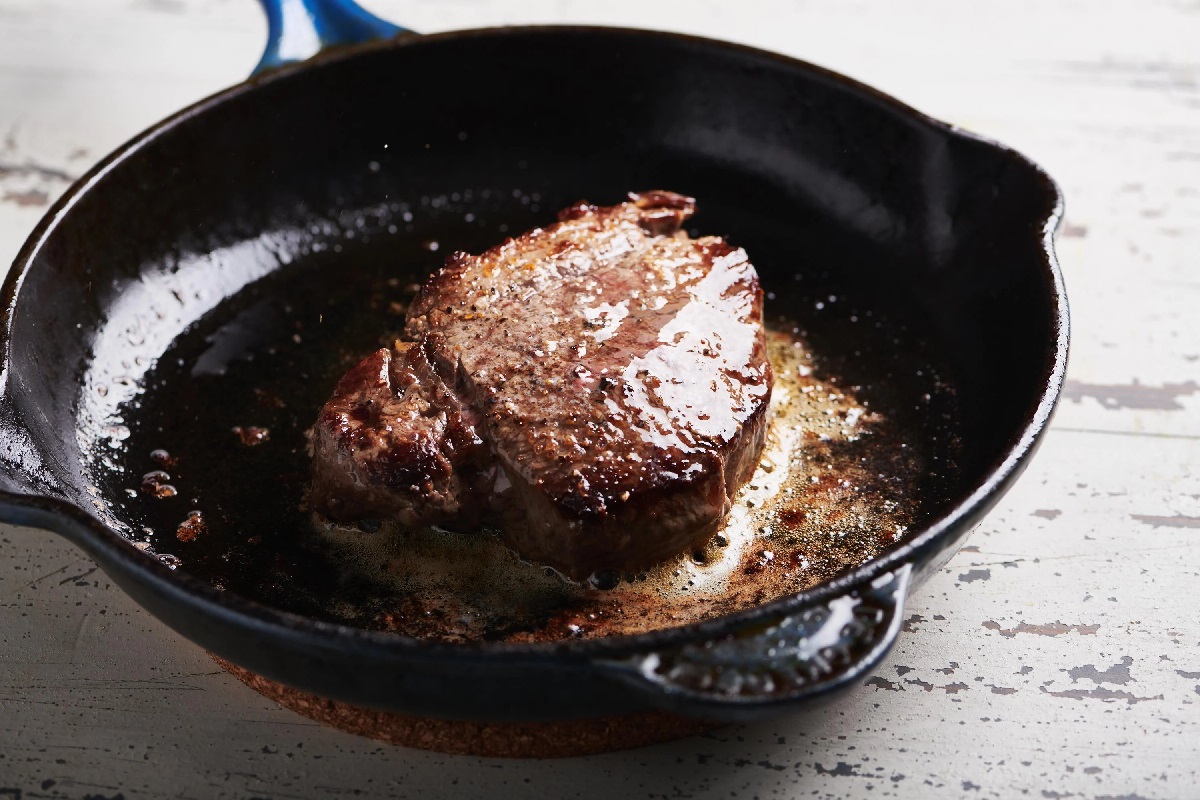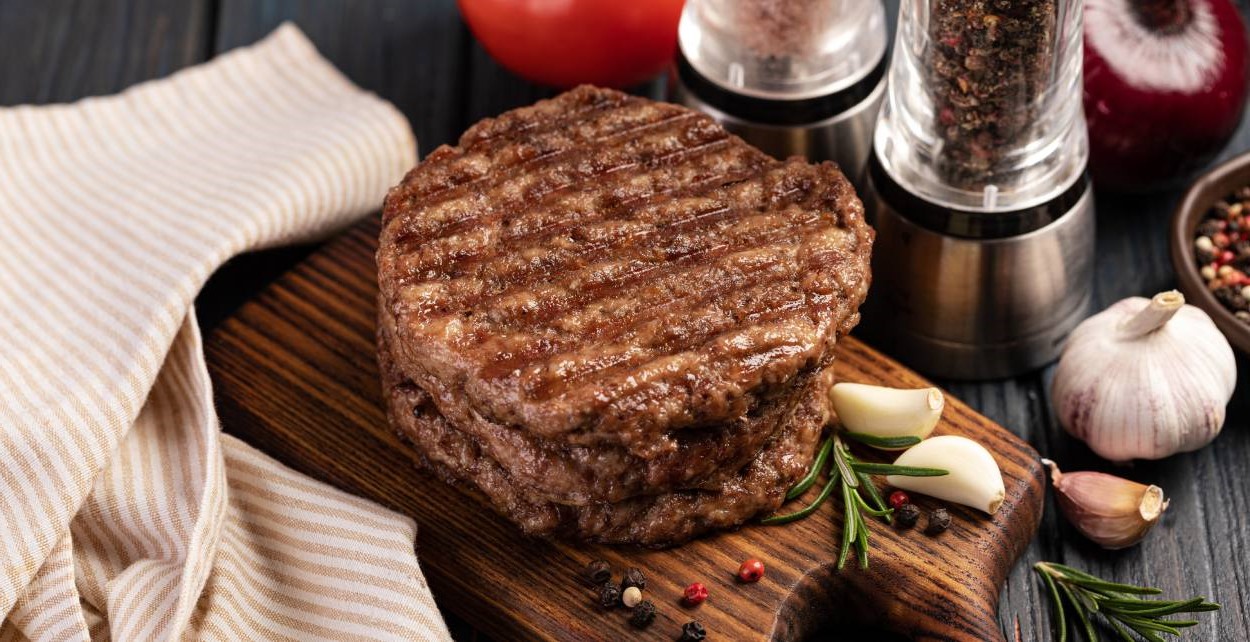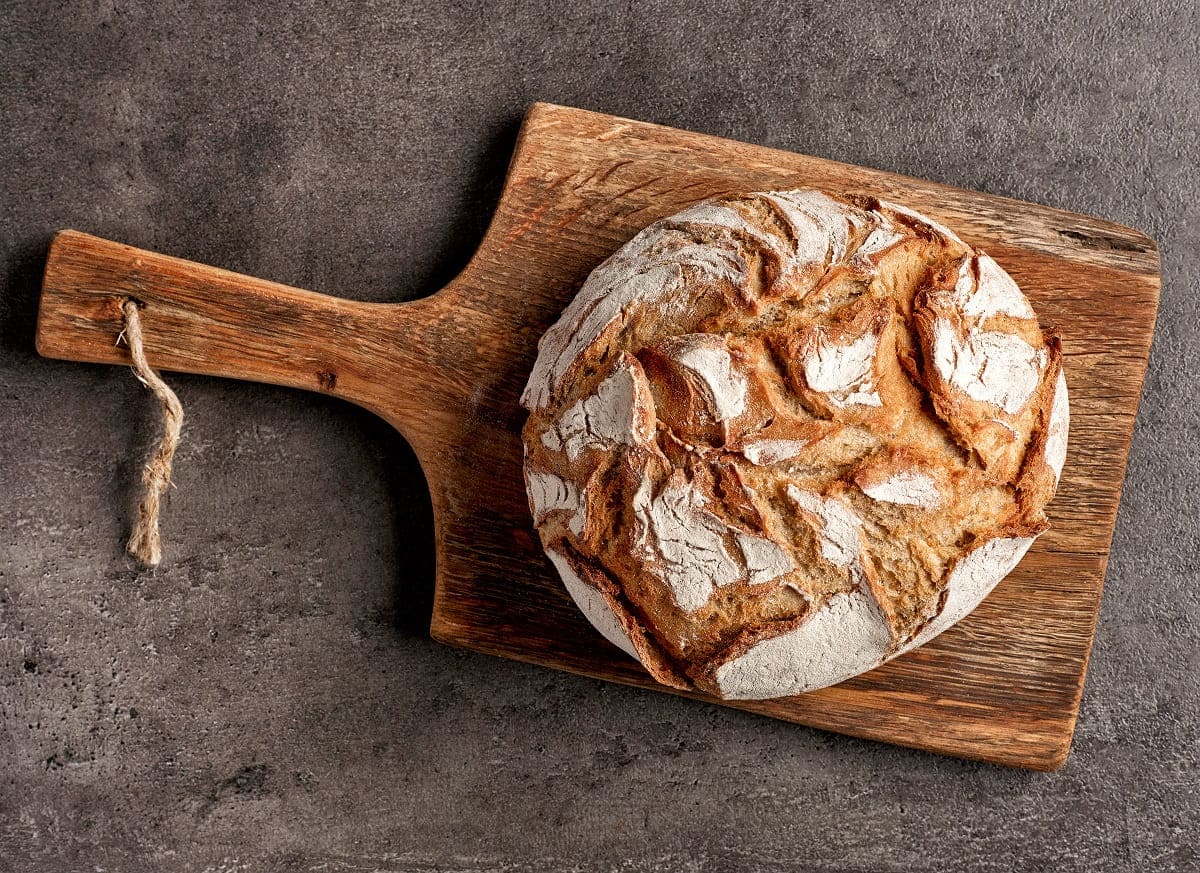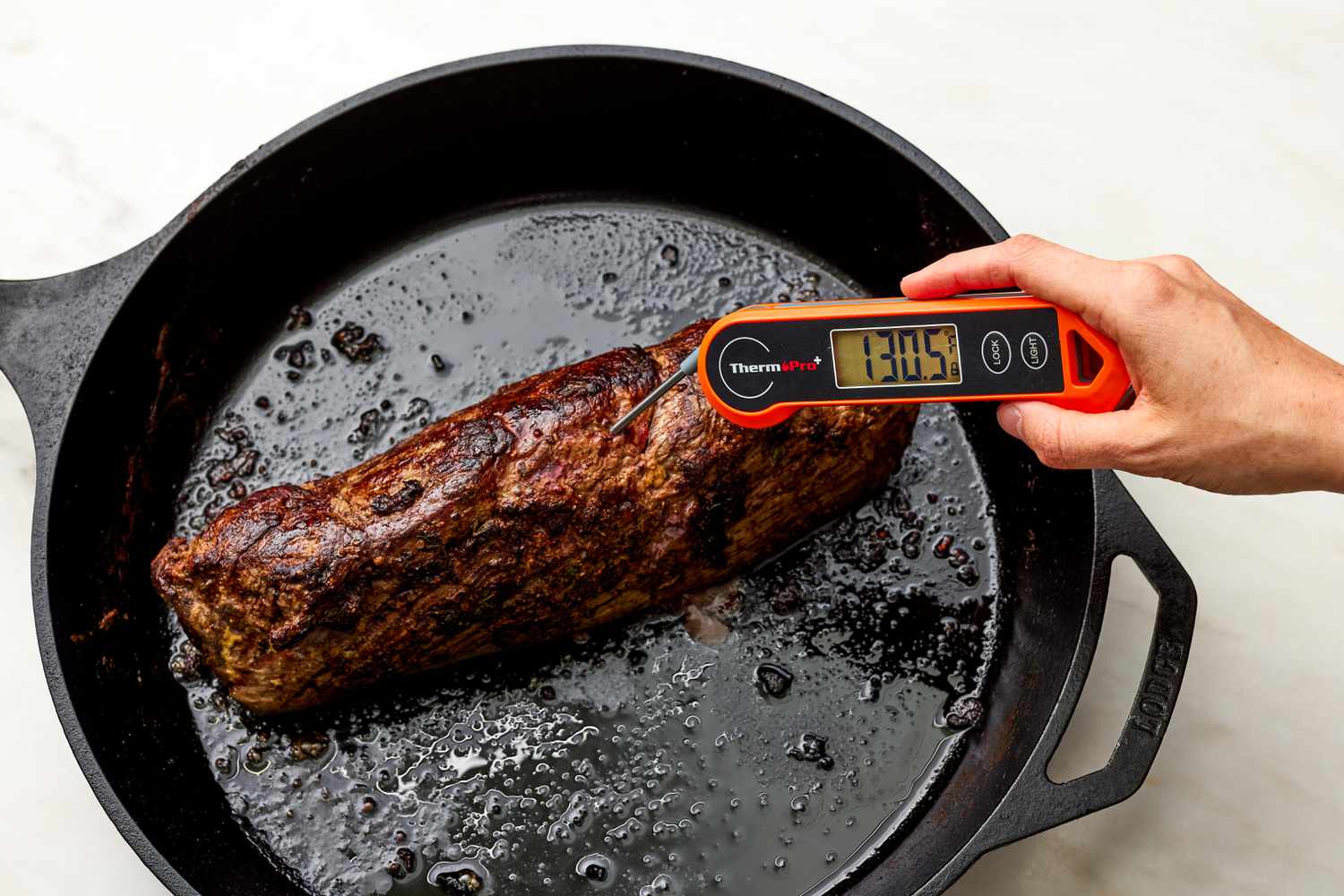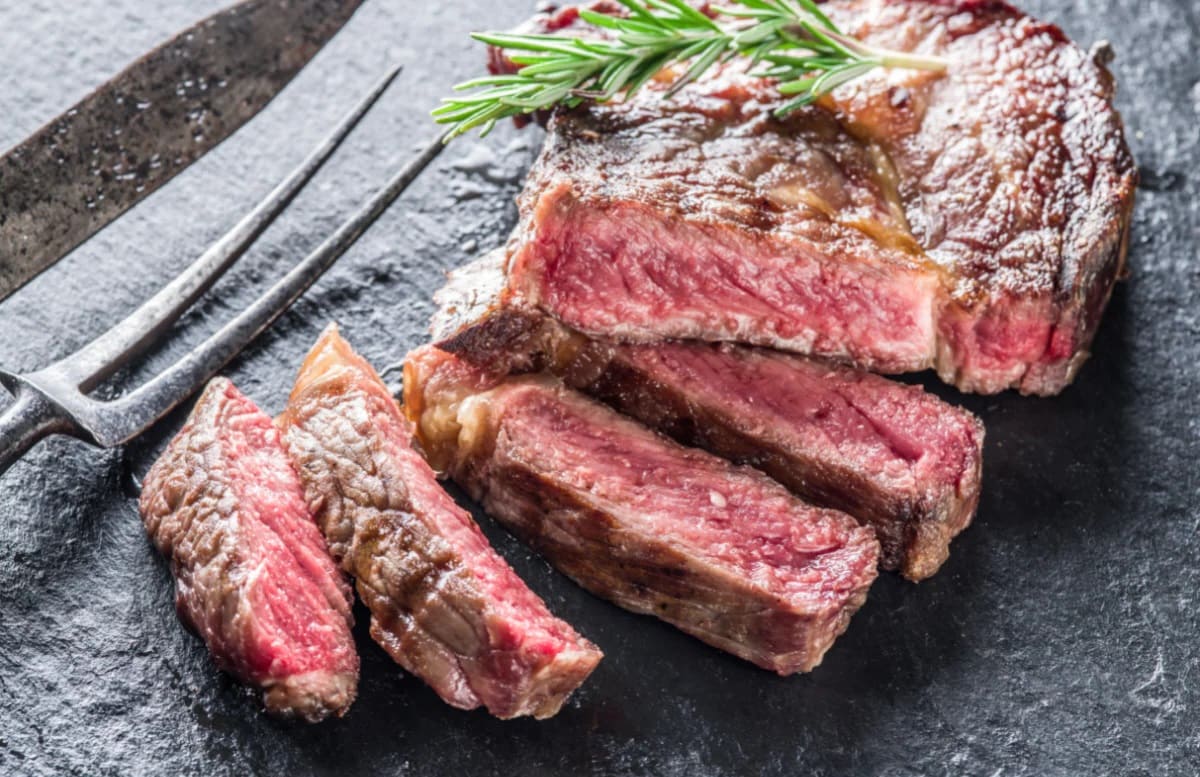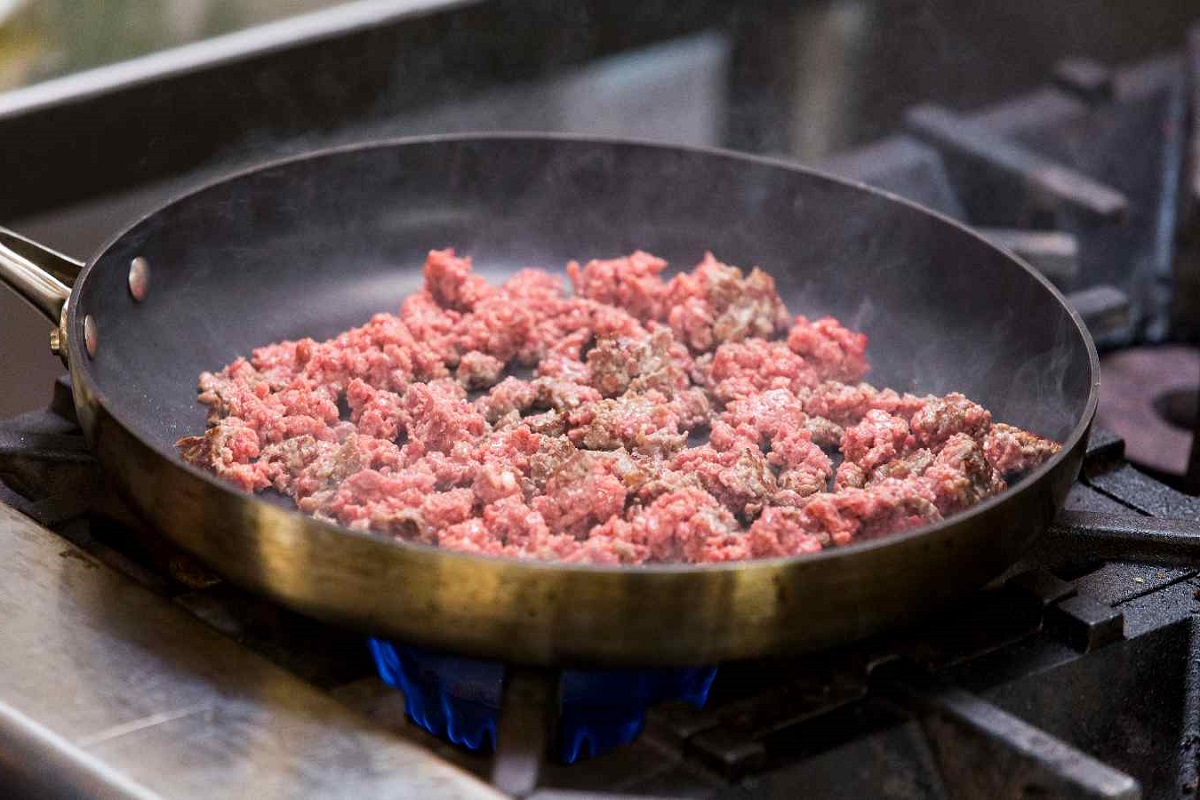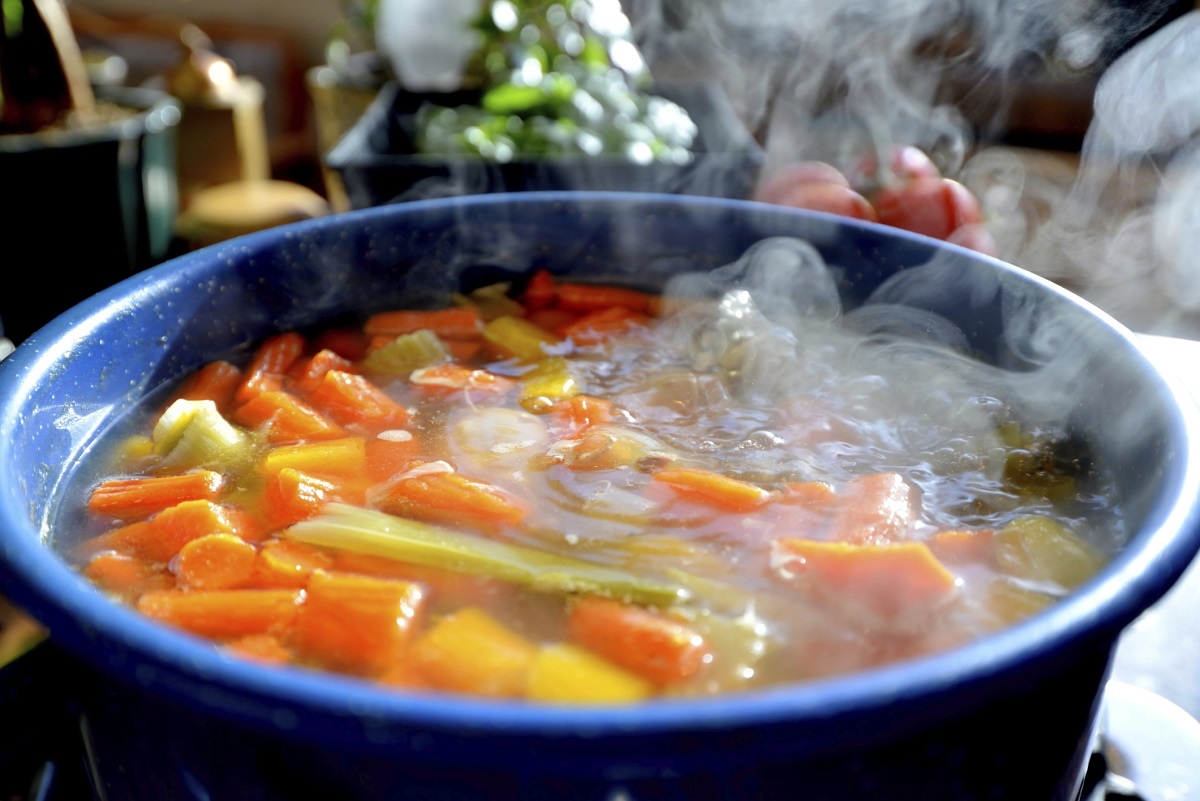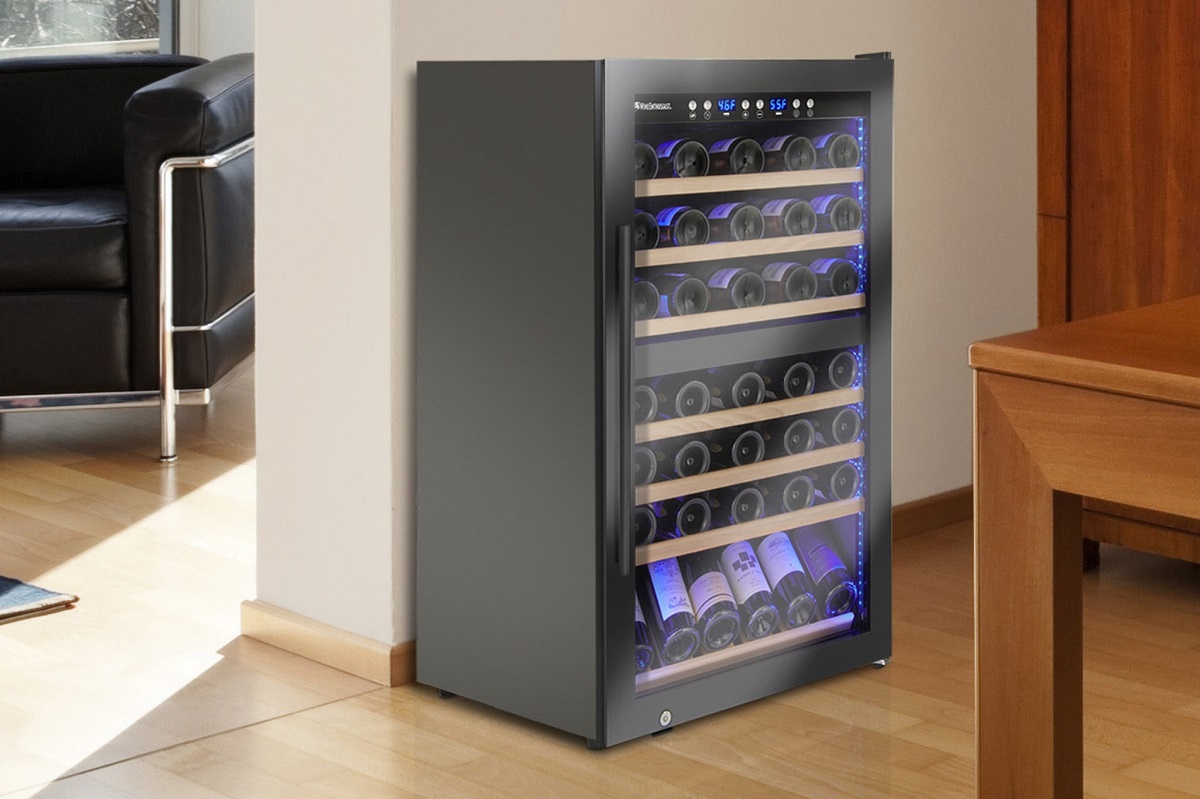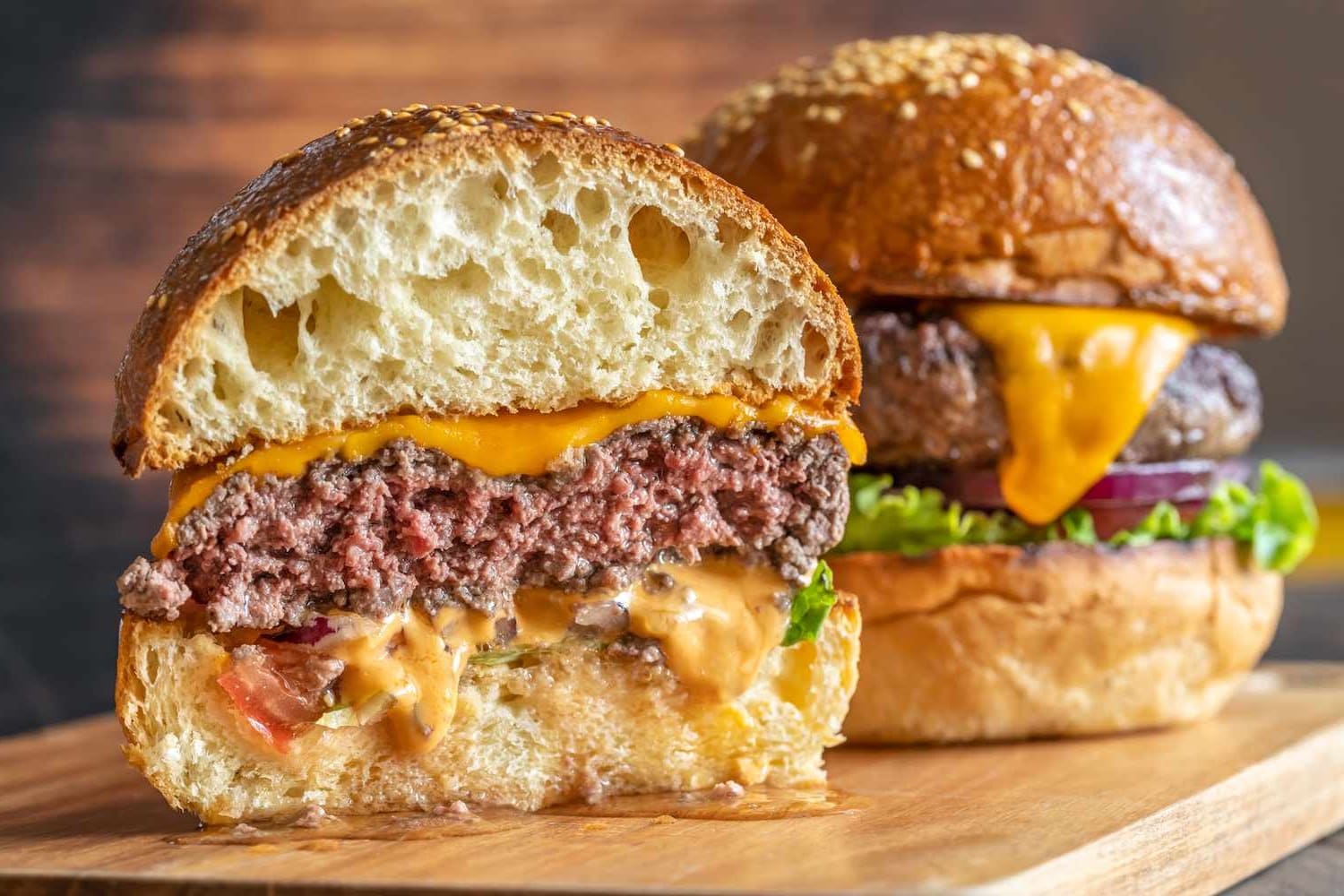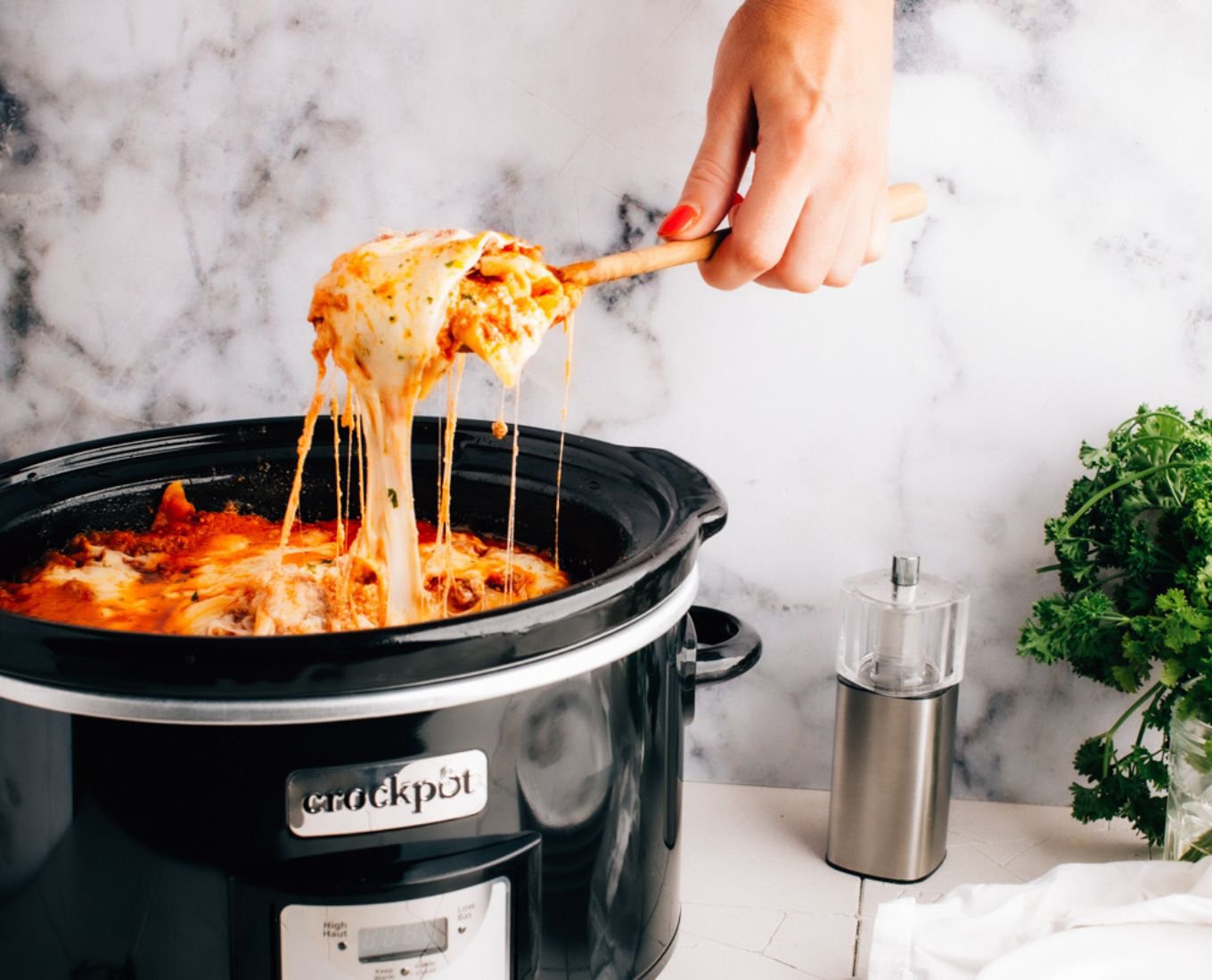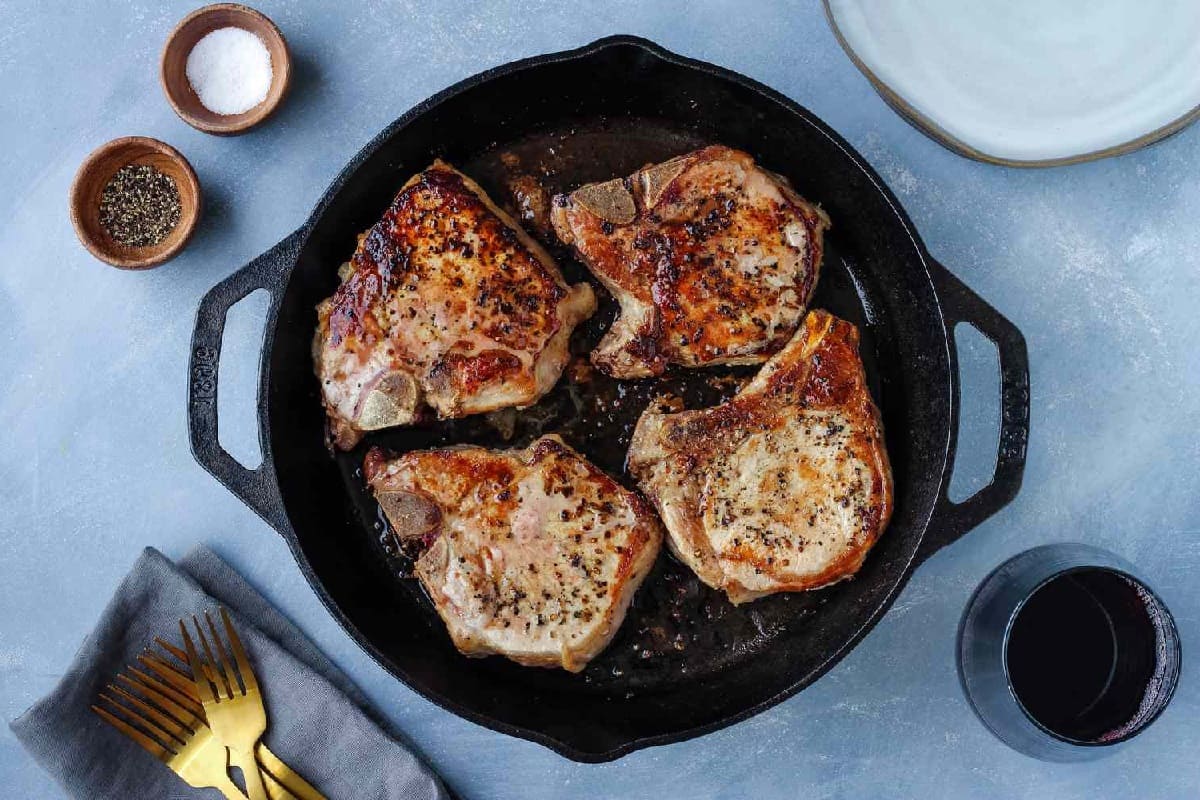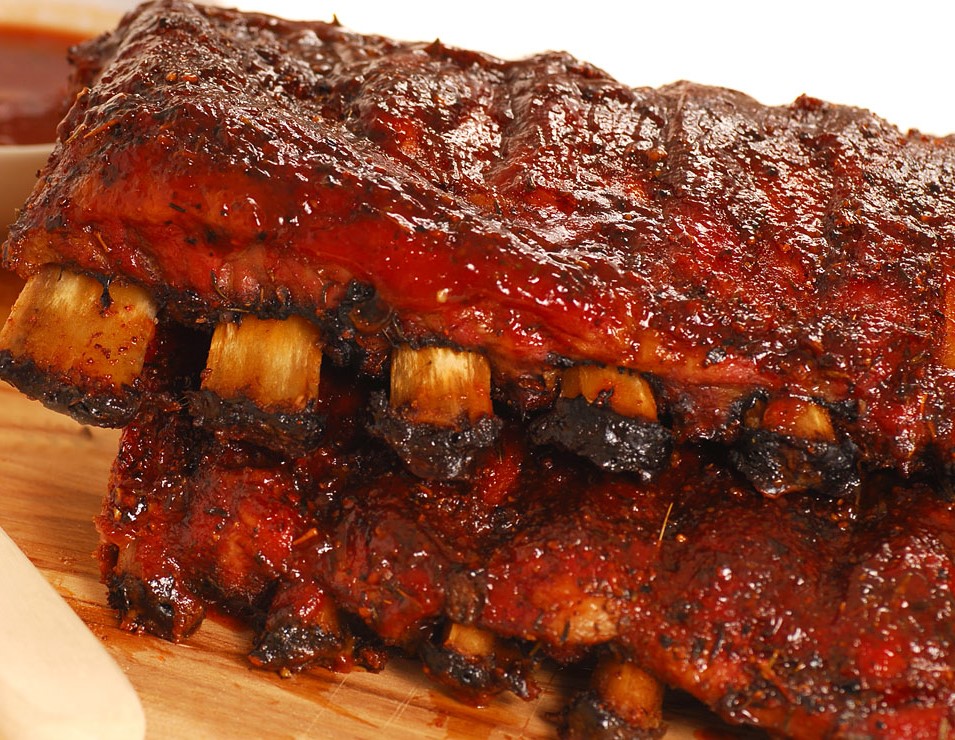Home>Culinary & Beverages>Optimal Internal Temperature For Meatloaf
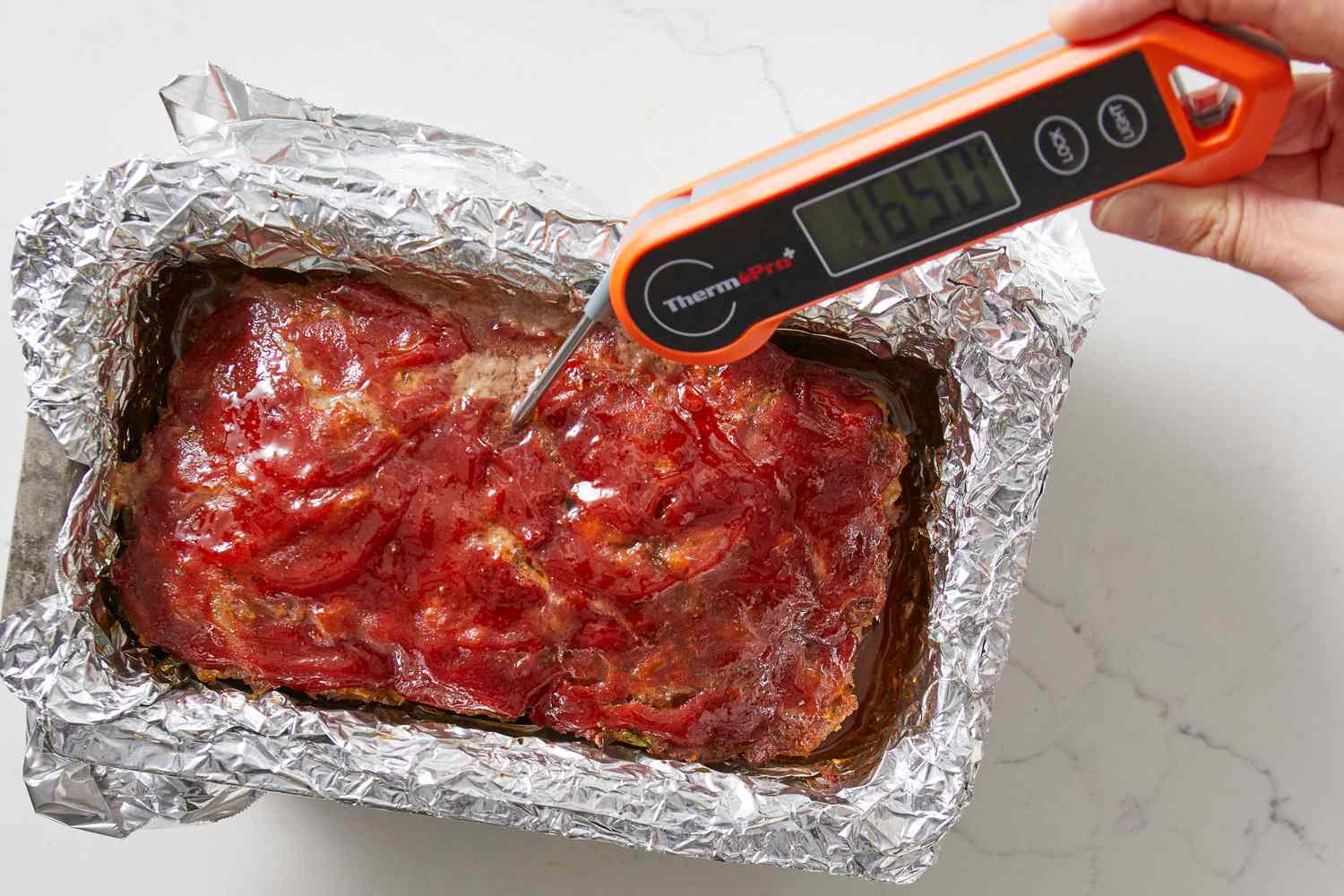

Culinary & Beverages
Optimal Internal Temperature For Meatloaf
Published: February 21, 2024
Discover the ideal internal temperature for meatloaf to ensure a perfectly cooked dish. Learn expert culinary tips and techniques for optimal results.
(Many of the links in this article redirect to a specific reviewed product. Your purchase of these products through affiliate links helps to generate commission for Temperatures.com, at no extra cost. Learn more)
Table of Contents
Factors Affecting Internal Temperature
The internal temperature of meatloaf is influenced by several key factors, each of which plays a crucial role in determining the doneness and overall quality of this beloved dish. Understanding these factors is essential for achieving the perfect internal temperature and ensuring a safe and delicious outcome.
-
Meat Composition: The type of meat used in the meatloaf significantly impacts its internal temperature. For instance, lean meats such as turkey or chicken require a lower internal temperature compared to fattier meats like beef or pork. This is due to variations in fat content and muscle structure, which affect the cooking process and the ideal internal temperature for safe consumption.
-
Size and Shape: The size and shape of the meatloaf directly influence its internal temperature. A thicker or larger meatloaf will take longer to cook through, requiring a higher internal temperature to ensure that it is fully cooked. Conversely, smaller or thinner meatloaves will reach the optimal internal temperature more quickly.
-
Ingredients and Additions: The inclusion of ingredients such as vegetables, grains, or cheese in the meatloaf can impact its internal temperature. These additions may introduce moisture or affect the density of the meat mixture, thereby influencing the time and temperature required for thorough cooking.
-
Cooking Method: The method of cooking, whether baking in an oven, grilling, or using a slow cooker, can affect the internal temperature of the meatloaf. Each cooking method has its own set of temperature and time considerations, which directly impact the internal temperature achieved.
-
Altitude and Ambient Temperature: Environmental factors, such as altitude and ambient temperature, can also affect the internal temperature of meatloaf. At higher altitudes, where the boiling point of water is lower, the cooking temperature and time may need to be adjusted to ensure that the meatloaf reaches the recommended internal temperature.
By taking these factors into account, cooks can make informed decisions about the cooking process and ensure that the meatloaf reaches the optimal internal temperature for safe and delectable consumption.
Recommended Internal Temperature for Different Types of Meatloaf
The recommended internal temperature for different types of meatloaf is a critical aspect of ensuring both the safety and palatability of this classic dish. Achieving the ideal internal temperature is essential for eliminating harmful bacteria while preserving the juiciness and flavor of the meatloaf. Here are the recommended internal temperatures for various types of meatloaf:
-
Beef and Pork Meatloaf: For meatloaf made with beef or pork, the recommended internal temperature is 160°F (71°C). This temperature ensures that any harmful bacteria present in the meat are effectively destroyed, making the meatloaf safe for consumption. Additionally, reaching this temperature allows the meatloaf to retain its succulence and rich flavor, providing a satisfying dining experience.
-
Turkey and Chicken Meatloaf: When preparing meatloaf using turkey or chicken, it is crucial to reach an internal temperature of 165°F (74°C). Poultry requires a slightly higher internal temperature compared to beef and pork to guarantee thorough cooking and eliminate the risk of foodborne illness. By reaching this temperature, the meatloaf achieves the perfect balance of tenderness and safety.
-
Vegetarian and Vegan Meatloaf: For meatloaf recipes that are plant-based and free of animal products, the recommended internal temperature is 160°F (71°C). Even though vegetarian and vegan meatloaves do not contain meat or poultry, reaching this temperature is essential for ensuring that the ingredients are cooked through and safe for consumption.
It is important to note that these recommended internal temperatures are in accordance with food safety guidelines established by regulatory authorities and culinary experts. Adhering to these temperature recommendations is crucial for safeguarding against foodborne illnesses and ensuring that the meatloaf is thoroughly cooked.
By following these guidelines and using a reliable meat thermometer to verify the internal temperature, cooks can confidently prepare a variety of meatloaf recipes while prioritizing both safety and flavor. Whether crafting a traditional meatloaf with beef, a lighter version with turkey, or a plant-based alternative, achieving the recommended internal temperature is a fundamental step in creating a delectable and safe dining experience.
Importance of Reaching the Optimal Internal Temperature
Ensuring that meatloaf reaches the optimal internal temperature is paramount for both food safety and culinary excellence. By reaching the recommended internal temperature, the meatloaf effectively eliminates harmful bacteria, such as Salmonella, E. coli, and Listeria, that may be present in raw meat or poultry. This critical step significantly reduces the risk of foodborne illnesses, safeguarding the health of those who savor this beloved dish.
Moreover, achieving the optimal internal temperature is not solely about safety; it also directly impacts the sensory experience of enjoying meatloaf. When cooked to the recommended temperature, the meatloaf attains the perfect balance of tenderness, juiciness, and flavor. This results in a delectable dining experience that captivates the palate and leaves a lasting impression.
Furthermore, reaching the optimal internal temperature ensures that the meatloaf maintains its structural integrity and succulence. Proper cooking allows the meat proteins to denature and coagulate, effectively binding the ingredients together while preserving moisture. This results in a meatloaf that is not only safe to consume but also boasts a desirable texture and mouthfeel.
In addition to the culinary aspects, achieving the recommended internal temperature is a testament to the cook's dedication to excellence. It reflects a commitment to mastering the art of meatloaf preparation and upholding the highest standards of food safety. By meticulously monitoring the internal temperature, cooks demonstrate their expertise and passion for delivering a dish that is both safe and satisfying.
Ultimately, the importance of reaching the optimal internal temperature for meatloaf cannot be overstated. It is a fundamental aspect of responsible and skillful cooking, ensuring that the dish is not only safe for consumption but also a delight to savor. By prioritizing the attainment of the recommended internal temperature, cooks elevate the culinary experience and instill confidence in those who indulge in this timeless comfort food.
Methods for Checking Internal Temperature
Ensuring that meatloaf reaches the recommended internal temperature is a critical step in the cooking process. To accurately assess the internal temperature and confirm that the meatloaf is thoroughly cooked, several reliable methods can be employed. These methods provide cooks with the means to monitor the doneness of the meatloaf, thereby ensuring both safety and culinary excellence.
Meat Thermometer
Using a meat thermometer is widely regarded as the most accurate and dependable method for checking the internal temperature of meatloaf. This essential kitchen tool allows cooks to insert the thermometer probe into the thickest part of the meatloaf, ensuring that it reaches the center where the temperature must be measured. Instant-read thermometers provide real-time temperature readings, allowing for precise monitoring without the need to remove the meatloaf from the oven or grill. Digital probe thermometers, which remain in the meatloaf during the cooking process, offer continuous temperature tracking, further enhancing accuracy.
Visual and Textural Cues
While a meat thermometer is the gold standard for assessing internal temperature, visual and textural cues can also provide valuable indications of doneness. When the meatloaf is nearing the recommended internal temperature, it typically exhibits visual cues such as a golden-brown crust and caramelization on the edges. Additionally, the meatloaf should feel firm to the touch and easily release from the sides of the pan. These visual and textural cues, when combined with temperature monitoring, offer a comprehensive approach to ensuring that the meatloaf is perfectly cooked.
Time and Resting Period
In some instances, cooks may rely on estimated cooking times to gauge the doneness of the meatloaf. While time can provide a general indication of cooking progress, it should not be the sole factor in determining internal temperature. However, once the meatloaf reaches the recommended temperature, allowing it to rest for a few minutes before slicing is crucial. During this resting period, the internal temperature continues to rise, contributing to the overall doneness and succulence of the meatloaf.
By employing these methods for checking internal temperature, cooks can confidently ascertain the doneness of meatloaf, ensuring that it is safe, flavorful, and visually appealing. Whether utilizing a meat thermometer for precise measurements, observing visual and textural cues, or considering the resting period, these methods collectively empower cooks to master the art of achieving the optimal internal temperature for this beloved culinary creation.
Tips for Achieving the Optimal Internal Temperature
-
Use a Reliable Meat Thermometer: Investing in a high-quality meat thermometer is essential for accurately gauging the internal temperature of meatloaf. An instant-read thermometer or a digital probe thermometer provides real-time readings, ensuring precision and confidence in the cooking process.
-
Position the Thermometer Correctly: When using a meat thermometer, it is crucial to insert the probe into the thickest part of the meatloaf, ensuring that it reaches the center where the temperature must be measured. This practice guarantees an accurate assessment of the meatloaf's doneness.
-
Avoid Overcooking: While it is crucial to reach the recommended internal temperature, overcooking the meatloaf can result in dryness and a less enjoyable dining experience. Once the desired temperature is achieved, promptly remove the meatloaf from the heat source to preserve its succulence.
-
Consider Carryover Cooking: Understanding the concept of carryover cooking is valuable. After removing the meatloaf from the oven or grill, it continues to cook as residual heat disperses throughout the dish. Factoring in this additional cooking time helps prevent overcooking and ensures that the meatloaf reaches the perfect level of doneness.
-
Utilize Resting Time: Allowing the meatloaf to rest for a few minutes after reaching the recommended internal temperature is crucial. During this resting period, the residual heat redistributes within the meatloaf, contributing to its overall succulence and tenderness.
-
Adapt to Altitude Variations: If cooking at high altitudes, adjustments to cooking time and temperature may be necessary to accommodate the lower boiling point of water. Understanding the impact of altitude on cooking can help ensure that the meatloaf reaches the optimal internal temperature despite environmental variations.
-
Practice Safe Thawing: When preparing meatloaf using frozen ingredients, ensure that the meat is thoroughly thawed before cooking. Proper thawing allows for even cooking and helps the meatloaf reach the recommended internal temperature uniformly.
By implementing these tips, cooks can navigate the intricacies of achieving the optimal internal temperature for meatloaf with confidence and precision. These practices not only contribute to the safety and palatability of the dish but also elevate the culinary experience, ensuring that each serving of meatloaf is a testament to skillful and responsible cooking.
